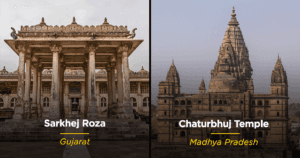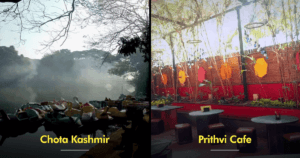We’ve all stood in long queues, dealt with unscrupulous ‘touts’ just to get that coveted blue booklet; but do we actually know why Indian passports are blue in colour? Or for that matter, how is the colour of a country’s passport decided?
Countries have the liberty to choose the colours of their passports, something which, the “broad spectrum” of passport designs lays testimony to.
However, there is a general trend that is observed when it comes to countries and passport colours.
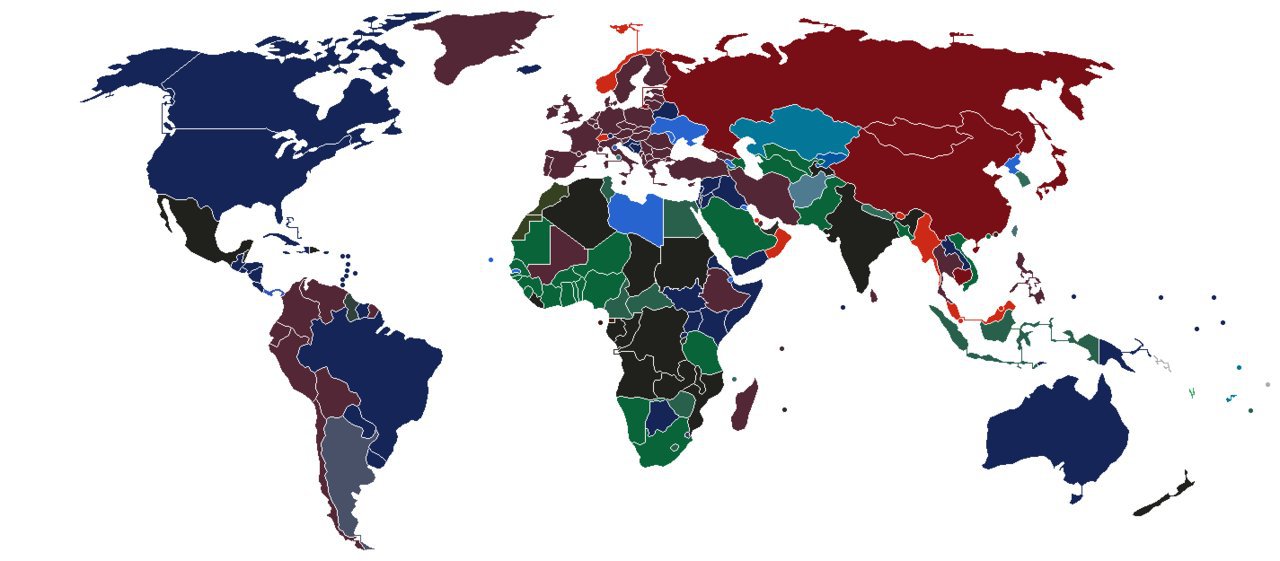
Usually Communist nations or nations that were formerly under the Communist regime, have red coloured passports.
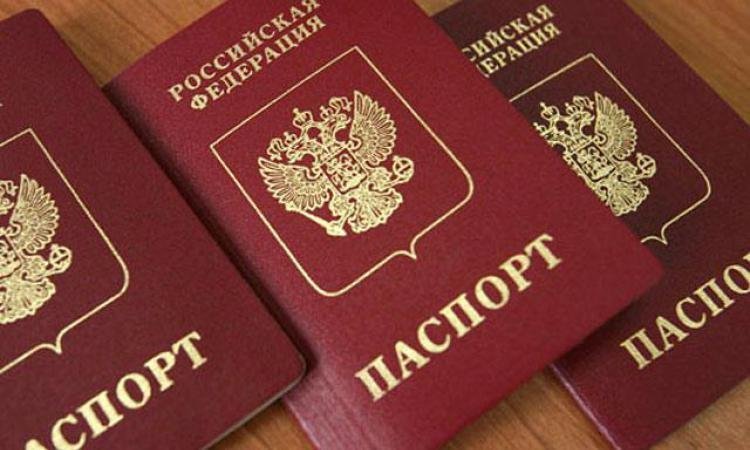
Islamic nations have passports that are green in colour.
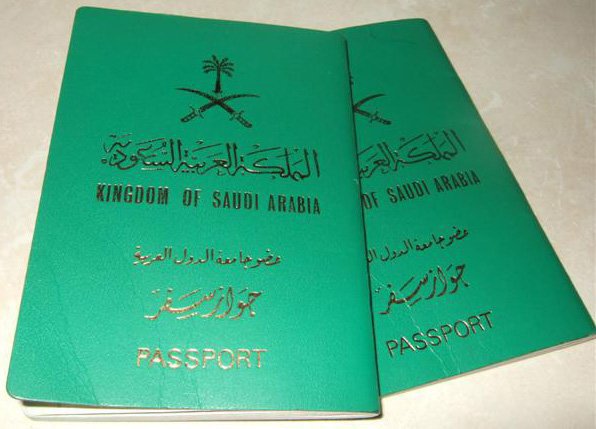
Regular EU passports are burgundy red.
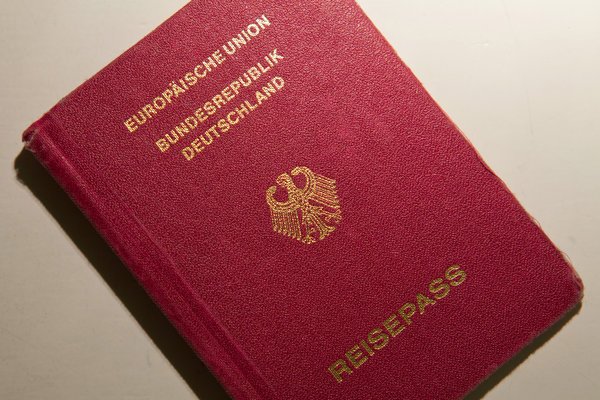
And then there’s this awesome looking Swiss passport, that stands out!
ADVERTISEMENT
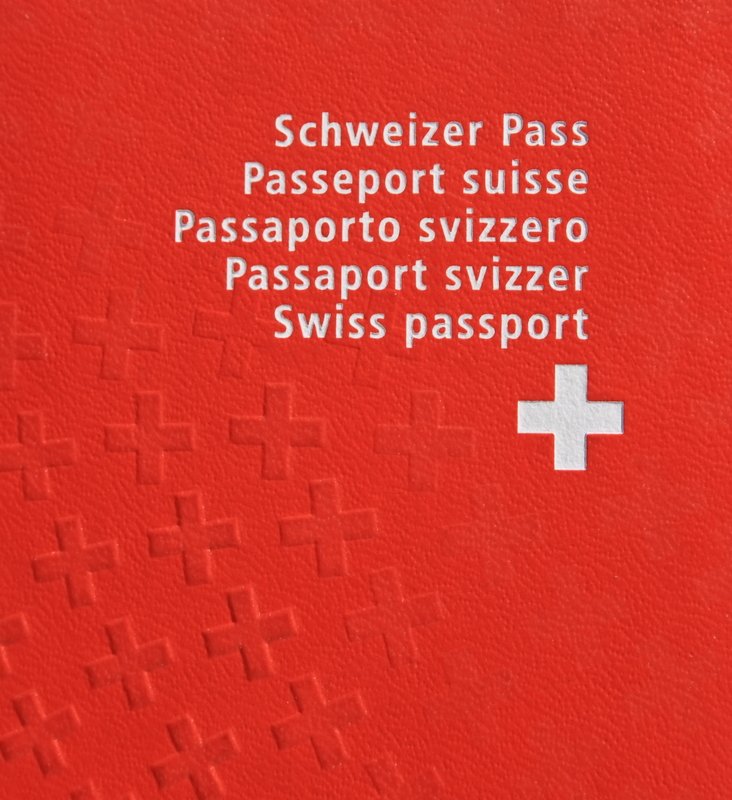
The rest of the nations mostly use shades of blue for their passports.
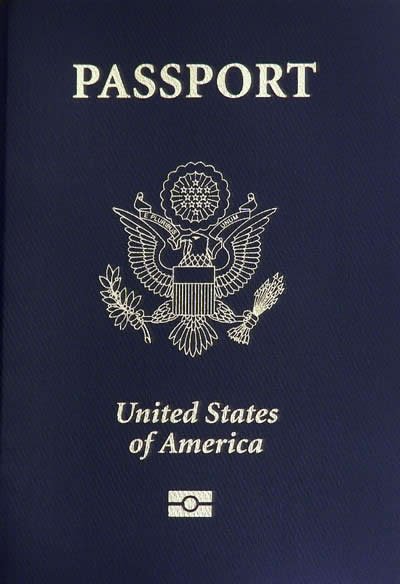
Several countries have adopted common designs through mutual consent.
The members of the CA-4 Treaty (El Salvador, Honduras, Guatemala and Nicaragua) have a common design passport, known as the Central American passport, which is navy blue in colour.
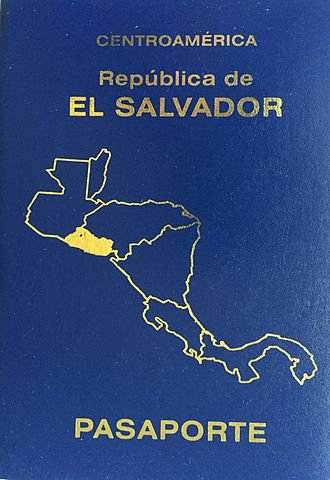
The Andean Community of Nations: Ecuador, Bolivia, Colombia and Peru began issuing common designed passports in burgundy-red.
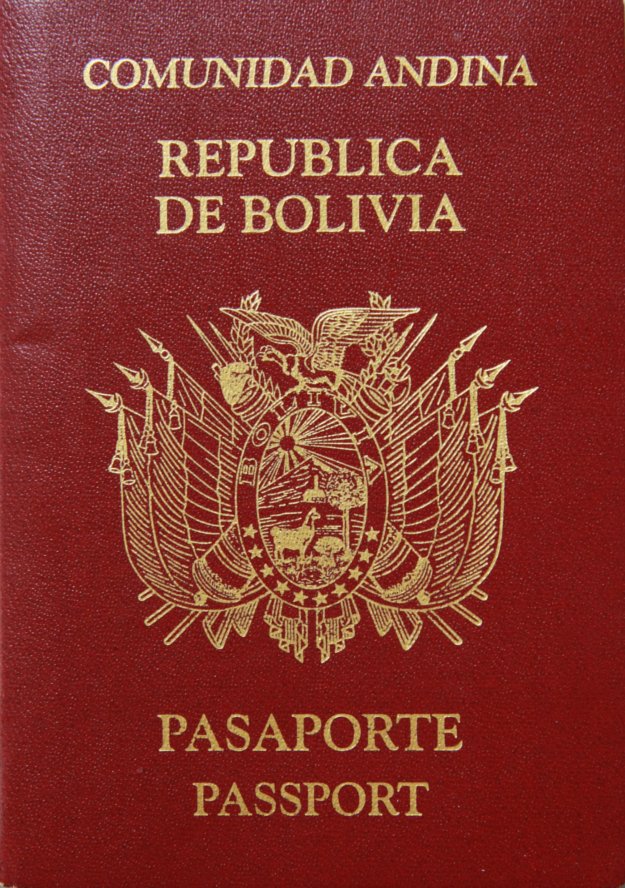
The members of the Caribbean Community (CARICOM) recently started issuing passports bearing a common design (CC), that are dark blue in colour.
ADVERTISEMENT
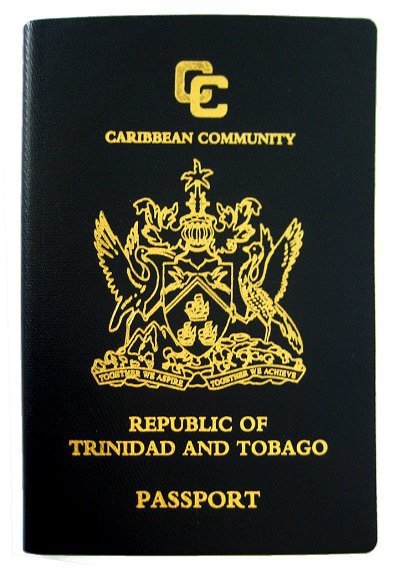
In addition, one nation may offer differently coloured passports to officials & diplomats. This is to help identify the bearer.
Usually the three different categories of passports in India are: Diplomatic Passport – maroon, Official Passport – white, Regular Passport – blue.
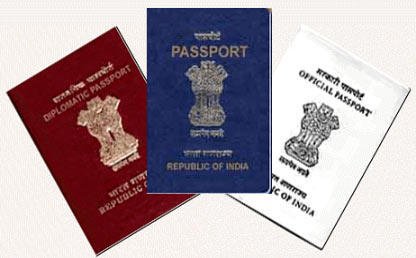
Top picks for you





